Ford GT: Just Say No
It's no surprise that the Ford GT garnered a huge amount of publicity for its parent company. It was fast, sexy and charismatic. It showed the world that Ford can build a world-class car at a budget price. It pioneered new building techniques. It refocused attention on Ford's racing heritage. It drew crowds at autoshows. It made dealers feel like serious playas. It sold out. It earned a buyer's premium. It will be worth serious money at auction some day. But Ford was right to kill it.
Like the Bugatti Veyron, the GT was never going to be a mainstay of its parent company's lineup. For one thing, the GT was simply too expensive; the "budget supercar" cost almost five times as much as the starting price of the company's next-most expensive vehicle, the Excursion. For another, Ford's current model range is about as sporty as a pair of woolen socks. Sticking a Lamborghini Gallardo next to a Golf GTI in a VW showroom would be far less incongruous than positioning the GT next to just about anything wearing the Blue Oval badge. Since Ford dropped the Focus SVT, it has only one sports car affordable by mere mortals: the ubiquitous Mustang. Placing a Ford GT next to a Mustang simply makes the Mustang look bad.
As a "halo car," the GT was equally ill-conceived. How does an automobile aimed straight at the idle rich bring glory to a company that sells mass market motors? The original GT40 was a proper race car whose victories ennobled the entire brand. Ford's "homage" is nothing more than a fantastic toy, a collector's piece that will no doubt spend most of its life sheltering in the climate-controlled garages of its well-heeled benefactors. It's a supercar, but an unlikely candidate as the "ultimate Ford."
If there are any cars we should be worried about Ford failing to produce, it's the production versions of the company's most recent concept cars. The Iosis concept from the Frankfurt Auto Show was supposed to signal Ford's new 'kinetic' design language, proving that the company could make even a four-door sedan look dynamic and exciting. The Reflex concept at the Detroit show (and, thankfully, on stage at the Way Forward plan's announcement) was designed to show us that 'fast' and 'green' were not mutually exclusive terms. These are the kinds of cars Ford should build: cars that do one thing better than anyone else. Not different-for-their-own-sake models or remade classics that will lose their luster over time (just ask VW about its New Beetle sales).
Again, the Reflex is the right kind of "gotta have" product. While the concept contained a lot of flights of fancy that would never make production, the idea of a diesel-electric hybrid coupe is both feasible and desirable. Although only relatively fast, the sports car's claimed 65 MPG fuel economy would blow away the competitors (even the Lotus Elise only manages about 40 MPG). The Reflex might even be the hammer blow to the sports car market that the expensive, fuel-guzzling GT could never be. You could drive a Reflex every day without feeling guilty for consuming non-renewable energy or contributing to global warming. Forget touting the Escape Hybrid as Ford's environmental friendly poster child. Show motorists the Reflex and they'll know that even cool cars can be green.
By the same token, the Iosis would be a deeply desirable car. Even if it loses a bit of its appeal in the translation from concept to production, it will still be a mid-size sedan that doesn't look like it was designed by a committee, with all the dulled performance and inoffensiveness that comes with the territory. The Five Hundred, Focus and Fusion aren't cars enthusiasts aspire to own; we begrudgingly rent them at the airport when we're on vacation, or sign them on to corporate fleets. With proper work under the hood, a production Iosis would give Ford a car that at least "feels" like performer to the aspiring enthusiast with 2.2 children. At the moment, Ford dealers can only point to the Mazda dealership down the street.
Face it: average consumers don't need to see a Ford GT in their local Ford showroom. It distracts them from the practical, sensibly-priced cars they've [hopefully] come to buy. Ford needs cars which satisfy the 'gimme' urge in a more direct, brand-faithful way. Cars like the Mustang GT, Reflex and Iosis will ratchet-up the excitement on the Ford forecourt, while remaining true to the company's blue-collar roots. They offer the prospect of everyday, affordable excitement, along with traditional Ford values of value and (dare I say it) reliability. The Ford GT was a bit of fun that was great while it lasted. Now it's time for Ford to put away the toys and get back to business.
More by Jonathan Fingas
Latest Car Reviews
Read moreLatest Product Reviews
Read moreRecent Comments
- Ajla A union fight? How retro 😎
- Analoggrotto Finally, some real entertainment: the Communists versus the MAGAs. FIGHT!
- Kjhkjlhkjhkljh kljhjkhjklhkjh *IF* i was buying a kia.. (better than a dodge from personal experience) .. it would be this Google > xoavzFHyIQYShould lead to a 2025 Ioniq 5 N pre-REVIEW by Jason Cammisa
- Analoggrotto Does anyone seriously listen to this?
- Thomas Same here....but keep in mind that EVs are already much more efficient than ICE vehicles. They need to catch up in all the other areas you mentioned.



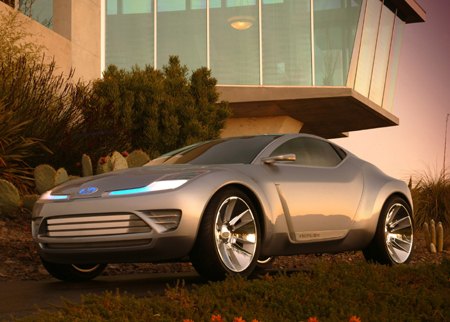














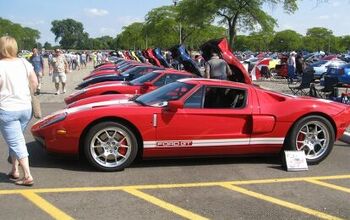
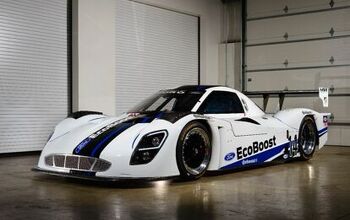

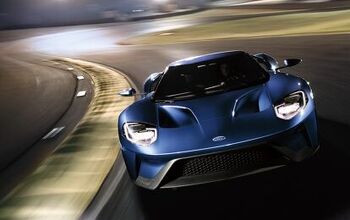
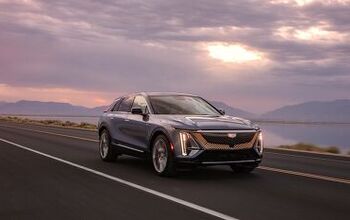

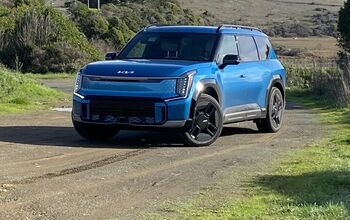









Comments
Join the conversation